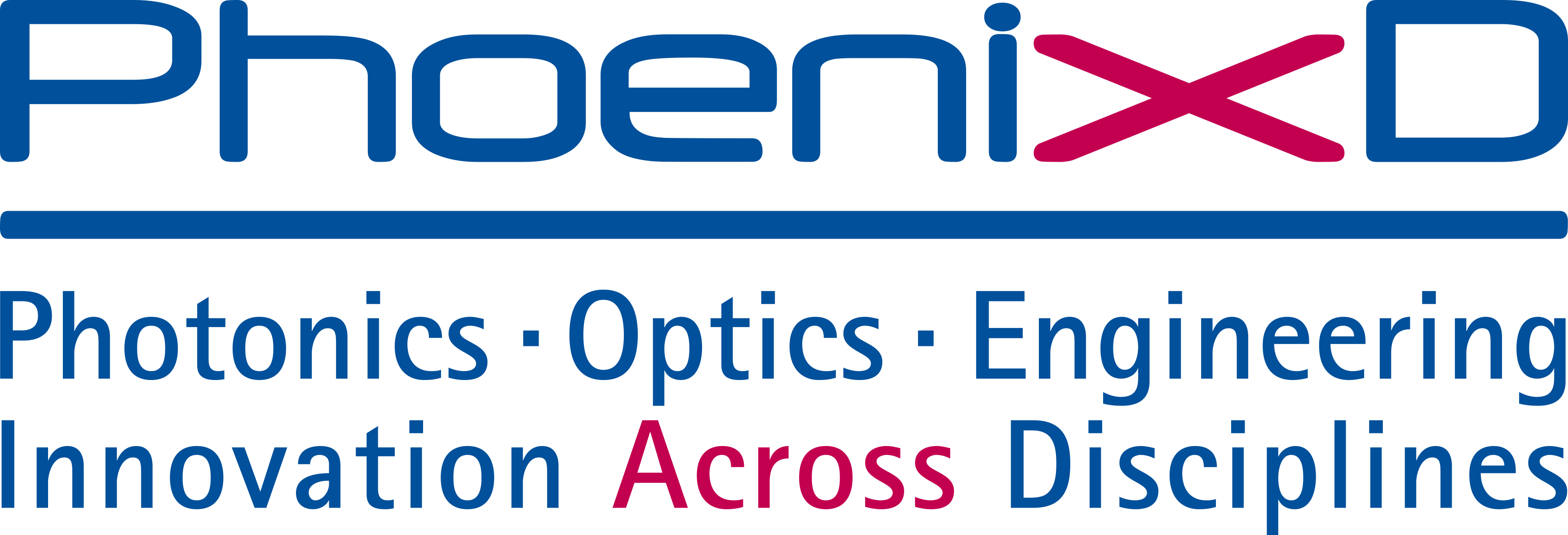Precision measurements of the magnetic parameters of LISA Pathfinder test masses
- verfasst von
- LISA Pathfinder Collaboration , M. Armano, H. Audley, J. Baird, P. Binetruy, M. Born, D. Bortoluzzi, E. Castelli, A. Cavalleri, A. Cesarini, A. M. Cruise, K. Danzmann, M. De Deus Silva, I. Diepholz, G. Dixon, R. Dolesi, L. Ferraioli, V. Ferroni, E. D. Fitzsimons, M. Freschi, L. Gesa, D. Giardini, F. Gibert, R. Giusteri, C. Grimani, J. Grzymisch, I. Harrison, M. S. Hartig, G. Heinzel, M. Hewitson, D. Hollington, D. Hoyland, M. Hueller, H. Inchauspé, O. Jennrich, P. Jetzer, N. Karnesis, B. Kaune, N. Korsakova, C. J. Killow, L. Liu, J. A. Lobo, J. P. López-Zaragoza, R. Maarschalkerweerd, D. Mance, V. Martín, J. Martino, L. Martin-Polo, F. Martin-Porqueras, N. Meshksar, S. Paczkowski, Jens Reiche, G. Wanner, A. Wittchen
- Abstract
A precise characterization of the magnetic properties of LISA Pathfinder free falling test-masses is of special interest for future gravitational wave observatory in space. Magnetic forces have an important impact on the instrument sensitivity in the low frequency regime below the millihertz. In this paper we report on the magnetic injection experiments performed throughout LISA Pathfinder operations. We show how these experiments allowed a high precision estimate of the instrument magnetic parameters. The remanent magnetic moment was found to have a modulus of (0.245±0.081) nAm2, the x-component of the background magnetic field within the test masses position was measured to be (414±74) nT and its gradient had a value of (-7.4±2.1) μT/m. Finally, we also measured the test mass magnetic susceptibility at 5 mHz to be (-3.3723±0.0069)×10-5. All results are in agreement with on-ground estimates.
- Organisationseinheit(en)
-
Institut für Gravitationsphysik
PhoenixD: Simulation, Fabrikation und Anwendung optischer Systeme
Institut für Quantenoptik
QuantumFrontiers
- Externe Organisation(en)
-
Europäische Weltraumforschungs- und Technologiezentrum (ESTEC)
Université de Paris
Università degli Studi di Trento
Fondazione Bruno Kessler
Universität Urbino „Carlo Bo“
University of Birmingham
European Space Astronomy Centre
Max-Planck-Institut für Gravitationsphysik (Albert-Einstein-Institut)
ETH Zürich
Royal Observatory
Universidad Autónoma de Barcelona (UAB)
Institut d'Estudis Espacials de Catalunya (IEEC)
isardSAT
Europäisches Raumflugkontrollzentrum (ESOC)
Imperial College London
University of Florida (UF)
Universität Zürich (UZH)
Observatoire de la Côte d’Azur (OCA)
University of Glasgow
Qioptiq Photonics GmbH and Co.KG
- Typ
- Artikel
- Journal
- Physical Review D
- Band
- 111
- ISSN
- 2470-0010
- Publikationsdatum
- 15.02.2025
- Publikationsstatus
- Veröffentlicht
- Peer-reviewed
- Ja
- ASJC Scopus Sachgebiete
- Kern- und Hochenergiephysik
- Elektronische Version(en)
-
https://doi.org/10.1103/PhysRevD.111.042007 (Zugang:
Geschlossen)
https://doi.org/10.48550/arXiv.2407.04431 (Zugang: Offen)


